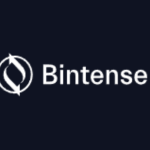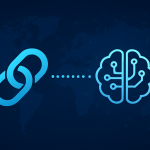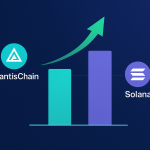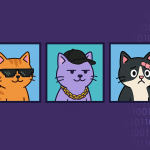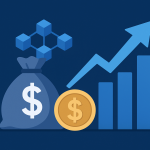AI
AI And Blockchain Integration: Enhancing Trust And Preventing Misuse
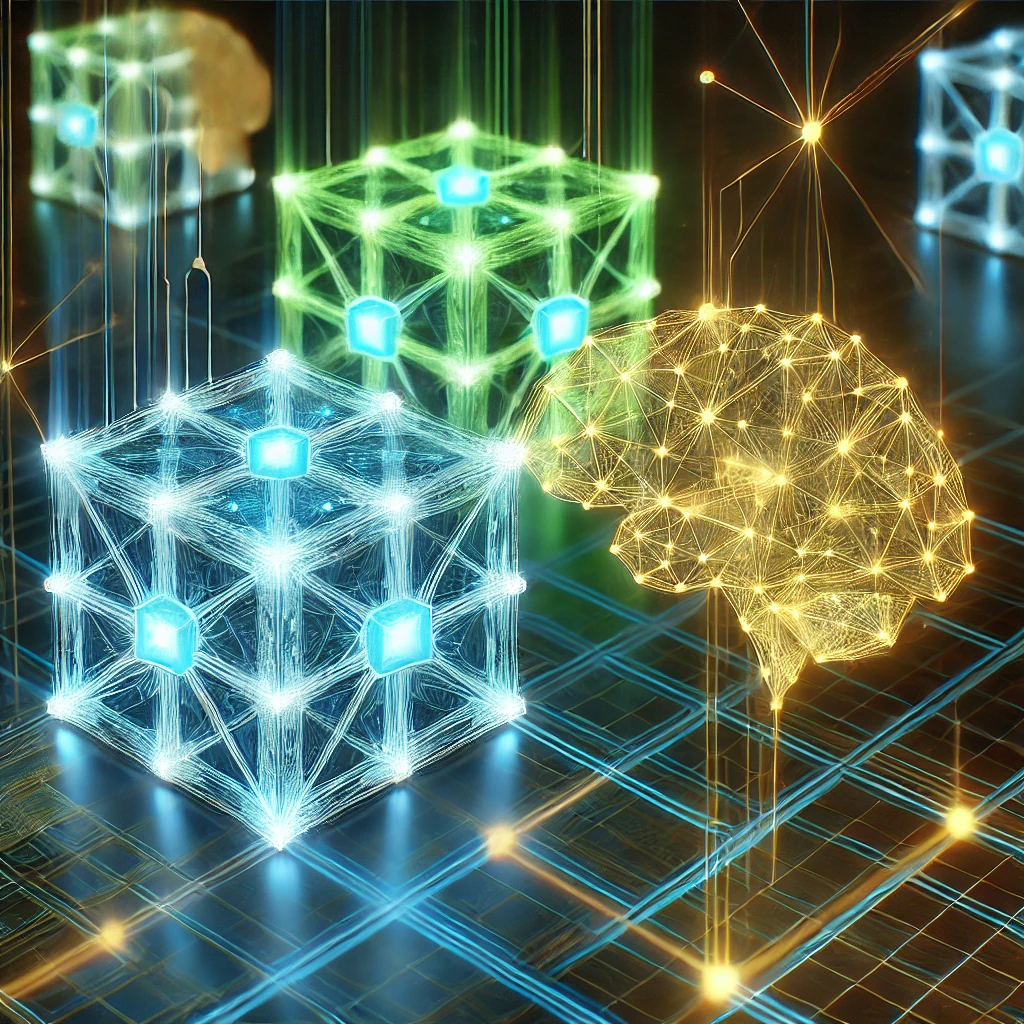
Introduction
The fusion of artificial intelligence (AI) and blockchain technology is emerging as a transformative solution to bolster trust, improve transparency, and mitigate misuse across various industries. This potent combination leverages the strengths of both technologies to address persistent challenges in sectors like finance, healthcare, and supply chain management. Experts believe that AI-powered blockchain solutions could redefine data security, compliance, and operational efficiency.
The Synergy Between AI And Blockchain
At their core, AI and blockchain are designed to handle and analyze large volumes of data. While blockchain ensures data integrity and security through decentralization, AI excels at extracting insights, detecting anomalies, and making predictions. Together, they create a system where data is not only stored securely but also used intelligently.
Key Features of AI and Blockchain Integration:
Enhanced Data Security: Blockchain’s decentralized ledger secures data from tampering, and AI analyzes this data for threats in real-time.
Improved Decision-Making: AI algorithms can process blockchain records to identify patterns, enabling predictive analytics and proactive measures.
Fraud Prevention: The transparency of blockchain, combined with AI’s anomaly detection capabilities, makes it a powerful tool against fraudulent activities.
Use Cases Of AI And Blockchain
1. Finance and Banking
In financial systems, transparency and fraud prevention are paramount. Blockchain provides a secure ledger for transactions, while AI can detect irregularities in financial data.
Example: AI-powered blockchain networks are already being used to monitor credit scores and predict fraudulent activities, ensuring safer and more reliable financial services.
2. Healthcare
Healthcare data is sensitive and requires robust protection. Blockchain ensures the immutability of medical records, and AI enhances patient care through predictive diagnostics and personalized treatment.
Example: AI analyzes blockchain-stored patient data to predict disease outbreaks and offer tailored treatment plans, while the blockchain ensures data is not tampered with.
3. Supply Chain Management
Blockchain enhances transparency in supply chains, and AI optimizes operations by predicting demand and analyzing logistics.
Example: Companies are using blockchain to track the authenticity of goods, while AI ensures efficient inventory management.
How AI Strengthens Blockchain?
While blockchain secures data, AI enhances its functionality. Here’s how AI improves blockchain’s efficiency:
Energy Optimization: AI reduces the energy consumption of blockchain networks by optimizing mining processes.
Smart Contracts: AI-powered smart contracts can automatically adjust terms based on changing conditions, increasing flexibility.
Real-Time Analytics: AI processes blockchain data in real-time, providing actionable insights.
Expert Insights On AI-Blockchain Integration
According to industry leaders, the combination of AI and blockchain is not just a trend but a necessity for the future. “Blockchain ensures trust, and AI enhances efficiency. Together, they create a system where data security and intelligence coexist seamlessly,” explains a leading blockchain expert.
Another advocate emphasizes, “The misuse of data is a growing concern. Blockchain’s transparency, combined with AI’s ability to detect misuse, is the answer to this challenge.”
Challenges And Considerations
Despite its potential, integrating AI and blockchain comes with challenges:
Scalability: Blockchain networks often struggle with scalability, and adding AI processing can increase this burden.
Cost: Implementing AI-powered blockchain solutions requires significant investment.
Data Privacy: Balancing transparency with data privacy is critical, as both technologies rely on data sharing.
Future Outlook
The future of AI and blockchain integration looks promising. As technology evolves, the focus will shift toward making these solutions more accessible and cost-effective. Innovations such as edge AI and quantum-resistant blockchains are expected to revolutionize the field further.
Governments and industries worldwide are exploring regulatory frameworks to harness the full potential of these technologies. Their collaboration will likely pave the way for widespread adoption across sectors.
Conclusion
The integration of AI and blockchain marks a turning point in the digital era. By addressing long-standing issues of trust and misuse, these technologies promise a more secure, efficient, and transparent future. As businesses and governments invest in this synergy, the possibilities for innovation are boundless.




